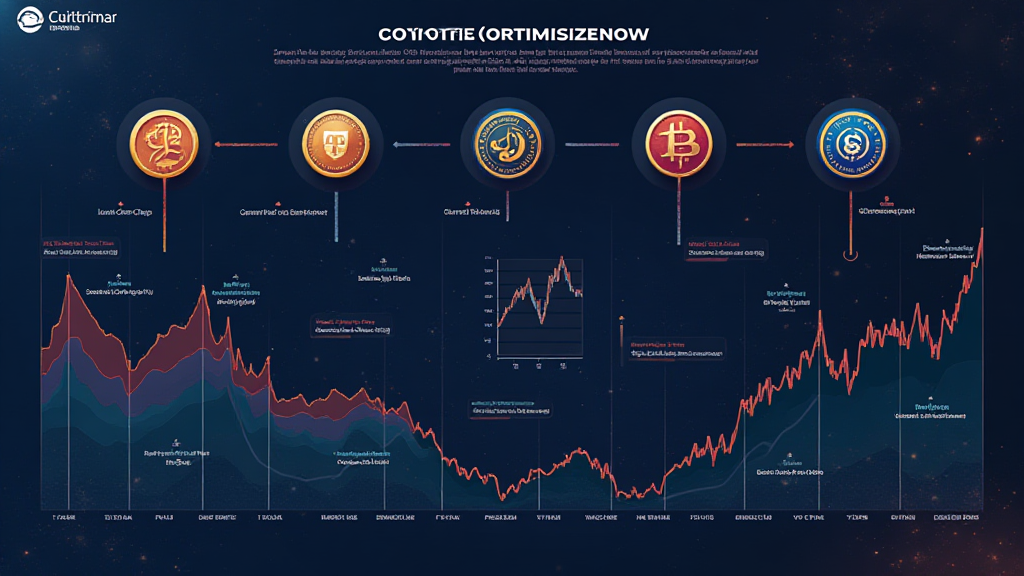Vietnam’s Stablecoin Adoption Rate: Navigating the Future of Digital Currency
Vietnam’s Stablecoin Adoption Rate: Navigating the Future of Digital Currency
With the booming blockchain landscape and an increased focus on digital currencies, many nations are exploring stablecoins to bolster their financial ecosystems. Vietnam is no exception. The growing Vietnam stablecoin adoption rate reflects a significant transition in how individuals and businesses perceive and utilize digital currencies. In this article, we analyze the factors driving this trend, the implications for the Vietnamese economy, and what the future holds for adoption rates.
The Significance of Stablecoins in Vietnam
A stablecoin is a type of cryptocurrency that is designed to maintain a stable value. Unlike traditional cryptocurrencies, whose values can fluctuate wildly, stablecoins are often pegged to fiat currencies or other assets. In Vietnam, the stablecoin adoption rate is increasingly relevant as it provides a means for overcoming inflation and serves as a reliable medium of exchange.
Factors Driving Adoption Rates
- Inflation Risks: Vietnam has experienced periods of inflation, pushing consumers to seek stable alternatives.
- Globalization: As Vietnam becomes more integrated into the global economy, the necessity for stable digital assets grows.
- Remittances: With a high percentage of the population working overseas, stablecoins facilitate faster and cheaper cross-border transactions.
Current State of Stablecoin Use in Vietnam
As of 2023, reports suggest that approximately 15% of the Vietnamese population owns or actively uses stablecoins. This marks a significant increase from 2021 when the adoption rate was only around 5%. This uptick is driven by several factors, including education about blockchain and increased trust in digital currencies.

Democratizing Access to Financial Services
One of the primary advantages of stablecoins is their ability to democratize access to financial services. In Vietnam, a sizable proportion of the population remains unbanked. Stablecoins can provide these individuals with financial tools that were previously inaccessible.
Breaking Traditional Barriers
- Lower Transaction Costs: Stablecoins can significantly reduce transaction fees compared to traditional financial systems.
- Enhanced Accessibility: With just a smartphone, users can access stablecoins, thereby bypassing traditional banking restrictions.
- Financial Inclusion: Stablecoins cater to populations without access to traditional banking services, hence promoting financial inclusion.
The Future Prospects of Stablecoin Integration
The Vietnam stablecoin adoption rate is projected to continue its upward trajectory. By 2025, it’s estimated that the adoption rate could exceed 30% as awareness about the benefits increases and more platforms offer digital currency services.
Emerging Technologies Supporting Adoption
As technology evolves, various innovations are helping stabilize and increase the adoption of cryptocurrencies.
- Smart Contracts: Educating users on cách kiểm toán hợp đồng thông minh (how to audit smart contracts) will enhance trust in transactions.
- Blockchain Security: Following tiêu chuẩn an ninh blockchain (blockchain security standards) improves the reliability of the network.
- Decentralized Finance (DeFi): The rise of DeFi platforms offers users new avenues to earn and save using stablecoins.
Comparative Analysis: Vietnam vs. Global Stability
As we delve deeper into the global landscape, it’s crucial to compare Vietnam’s approach to stablecoins with other countries.
- Asian Market: Countries like Singapore and Japan have established frameworks for stablecoin regulation, while Vietnam is still in the early stages.
- Investment Trends: In 2023, venture capital in crypto startups, including stablecoins, increased in Vietnam by 25%.
- Regulatory Environment: The Vietnamese government has recognized the need to regulate cryptocurrencies, which could impact adoption positively.
Challenges Ahead
While the growth of stablecoin adoption in Vietnam presents numerous opportunities, it also comes with its fair share of challenges. Regulatory uncertainties, technical barriers, and public awareness remain significant hurdles.
Regulatory Hurdles
Despite promising growth, regulation remains a concern. Unclear policies can inhibit innovation, creating hesitancy among businesses and users alike. The government is yet to finalize its stance on the use of stablecoins, leading to a cautious adoption approach by potential users.
Technological Barriers
The technological infrastructure required to support stablecoins is also in its infancy. Investments in tech development are critical to facilitate widespread use.
Conclusion: Embracing the Digital Currency Revolution
The Vietnam stablecoin adoption rate serves as a bellwether for the country’s integration into the global digital economy. As user education evolves, infrastructure strengthens, and regulatory frameworks become clear, Vietnam is poised to embrace the digital currency revolution. Stakeholders must work together to address the challenges that lie ahead, ensuring that stablecoins become a cornerstone of financial interaction in the nation.
For more insights on digital currencies, visit techcryptodigest, your trusted source for blockchain news and education.
Dr. Nguyen Tan Phat, a renowned blockchain economist, has authored over 10 papers in the fields of cryptocurrency adoption and has led audits for notable projects in Southeast Asia.





